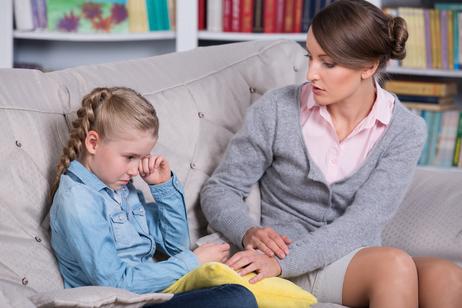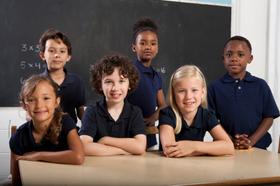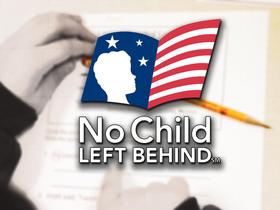It is a fact of life that children are sometimes going to break the rules. It’s also a fact that they’ll occasionally show an outburst of emotion or throw a tantrum in the middle of the grocery store. Childhood development is a trying time and children are often ill-equipped to understand or properly deal with the changes they’re going through.
But there is a point at which behavioral issues go beyond the point of being normal. If your child is becoming extremely withdrawn and avoiding social interaction, it might be something more. If your child is expressing angry or violent thoughts and behaviors, it might be something to worry about. Mental health is a difficult thing to gauge, but you can see the signs when your child exhibits behaviors that are abnormal for their personality or for other children of their age. It is your job as a parent to notice the change and to seek help.
In this article, we’ll explore the subject of mental health issues in school children. We’ll talk about the most common issues affecting children of school age and how parents and teachers can work together to identify those issues. We’ll also talk about what schools and parents can do to support these children.
This TEDx Talk discusses mental health in our schools.
How Common Are Mental Health Issues in Children?
According to the National






















